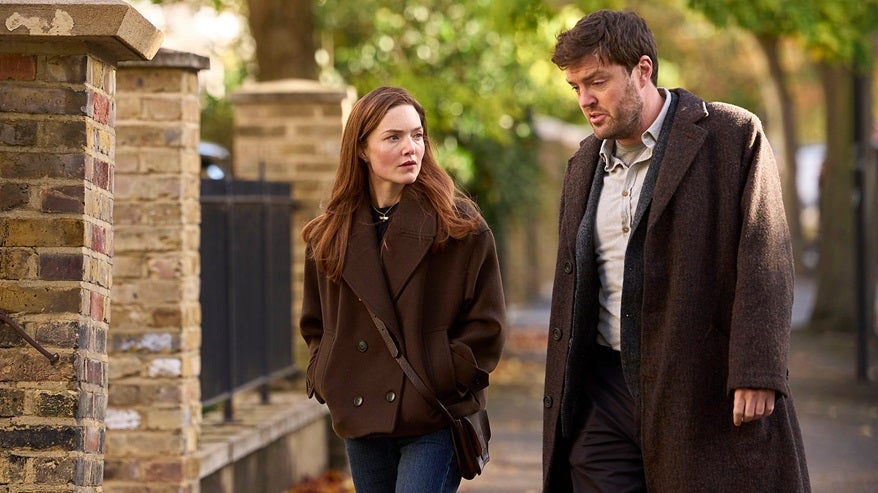Five minutes with a colourist

With 30 years’ experience and over 70 films and TV drama credits under his belt, Prime Focus’ senior colourist Tim Waller certainly knows a thing or two about grading. He talks to us about how he got into this business and shares some tips for any aspiring colourists out there…
Â
What does your job involve?
It’s all about making pictures look the best they possibly can. This may involve creating a style and ensuring it is consistent throughout the project, or it may be to simply polish and enhance the photography. However, as a complete job it also involves building a relationship with clients over time to ensure you are the only choice for their next piece of work.
Why a colourist?
I joined the industry in 1983 when post-production was in its infancy. I joined SVC Television as a junior edit assistant but was only in that role for six months when, at the age of 19, an opportunity arose for me to become a Telecine operator (the job title only changed to colourist in the last 15 years or so). It wasn’t necessarily my intention to become a colourist but it is a job I have done now for 30 years and which still holds massive interest for me.
What are the main challenges of a colourist?
Keeping ahead with technology, ensuring I’m up to date with cameras and data files used to store images, and keeping work flows as efficient and accurate as possible.
Are there any particular projects that are more difficult to grade than others?
I always find short-form work more challenging, keeping visuals looking fresh and innovative but at the same time delivering a project in a short space of time that the client is happy with.
What is the best advice you’ve been given about the industry?
Don’t look at the time!
What advice would you give to aspiring colourists out there?
Take time if possible to spend a week or two with a colourist while they are working. The hours are long and tiring, both mentally and physically, but the rewards in terms of achievement are massive and your contribution as a colourist to any project is invaluable. Also, keep up to date with grading trends and always look to try to start the trend yourself.
What else is involved as a colourist?
I think colourists are now looked upon by clients, certainly during a feature grade of a week or more, as their point of contact within the company as a whole and you find yourself almost acting as post-supervisor, chasing up elements of the film such as titles and VFX. Not only that but you’re often acting as hospitality host, making certain they want for nothing in terms of their comfort during their time with you.
Has the industry changed much?
Massively. Certainly the kit used has evolved from being essentially a method of transferring film to tape with an overall grade to systems which can create the most beautiful images combined with conforming edits and even VFX. What hasn’t changed though is the human element for creativity and happily that will always remain, regardless of technology.
What piece of work are you most proud of?
BBC One’s Little Dorrit.
Â
Share this Article















